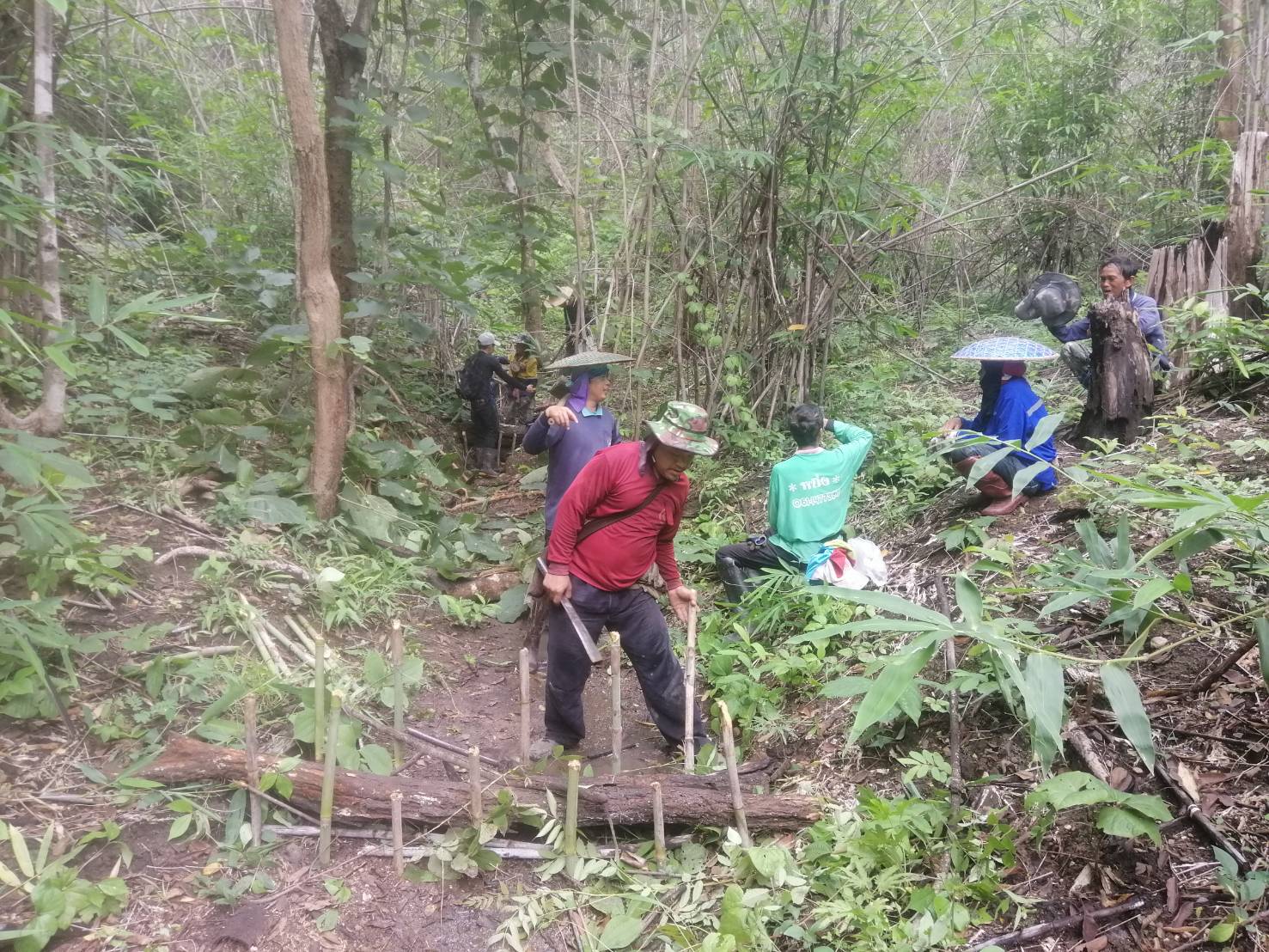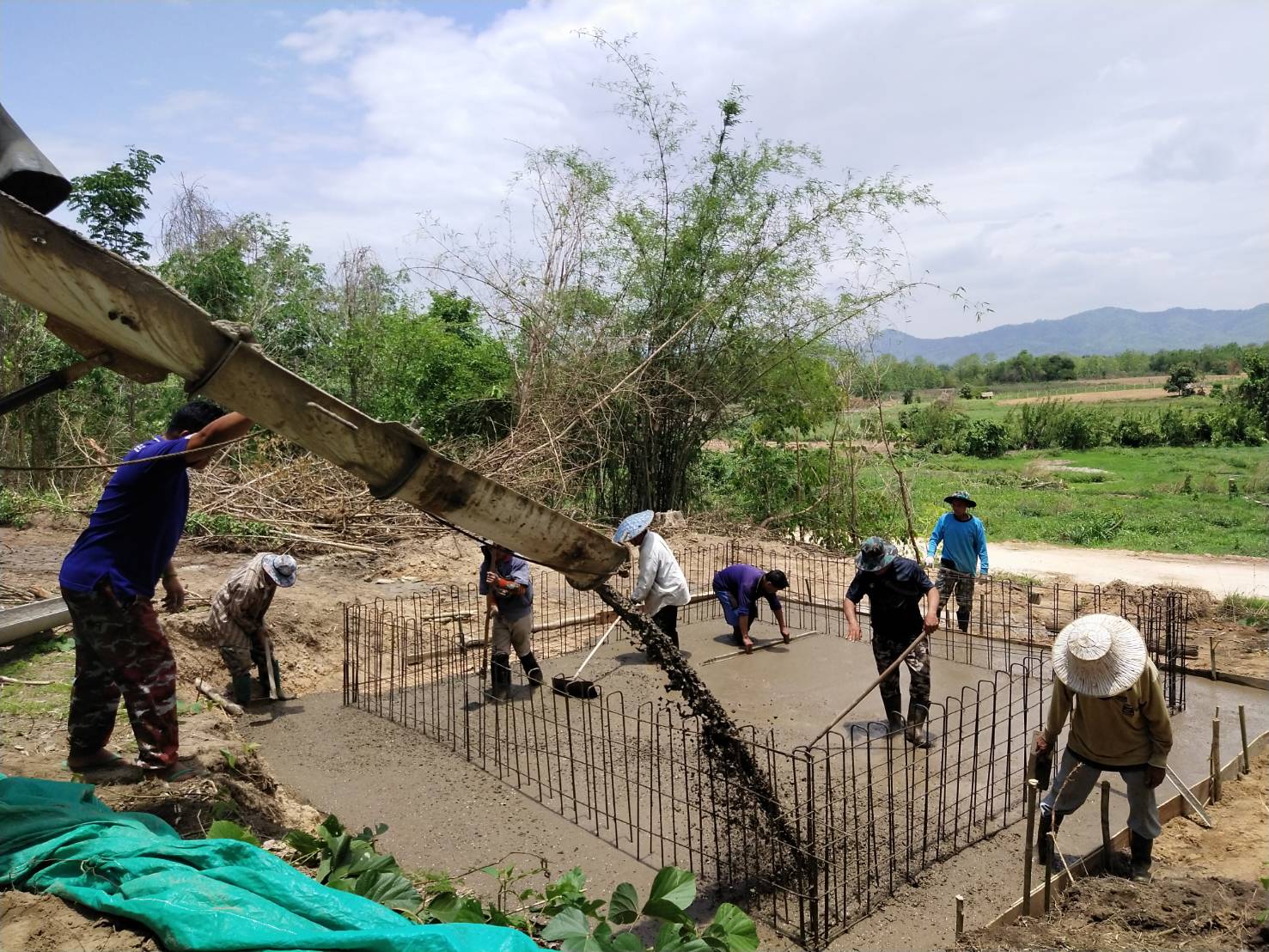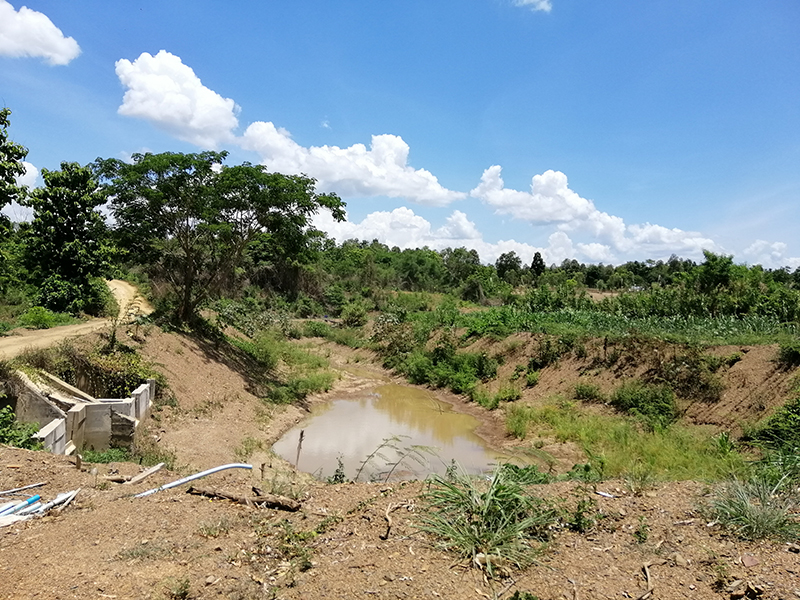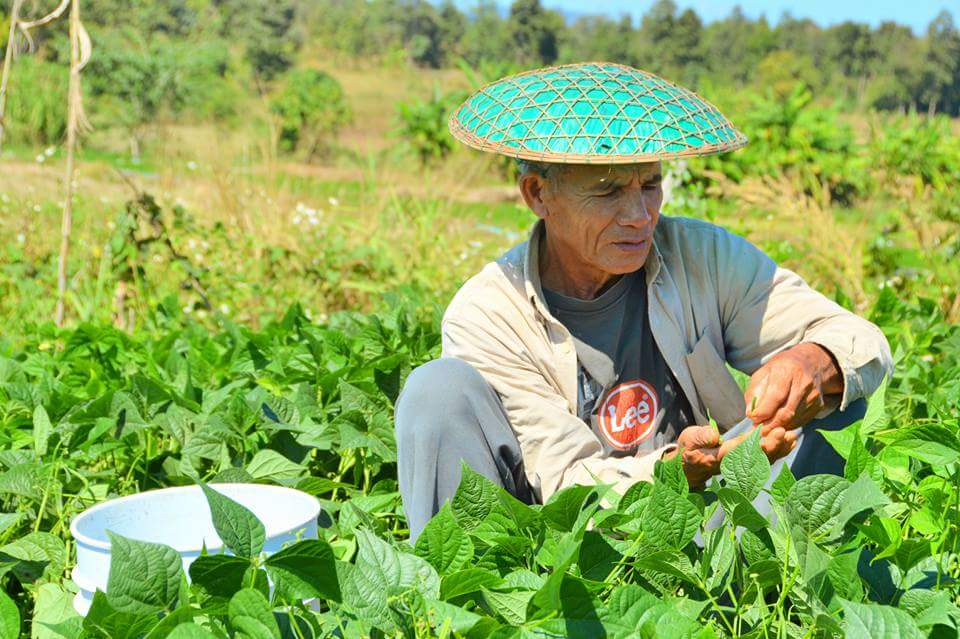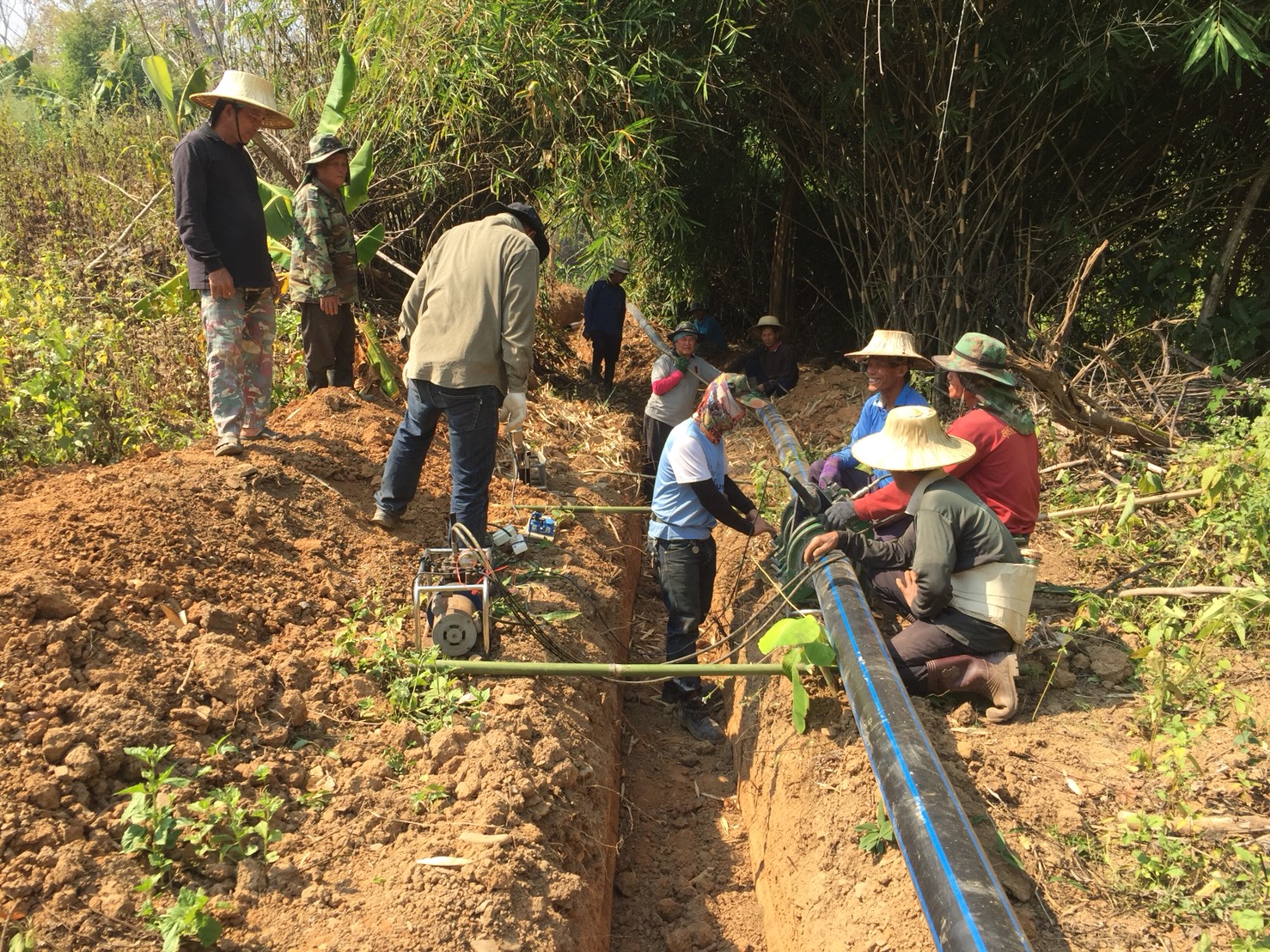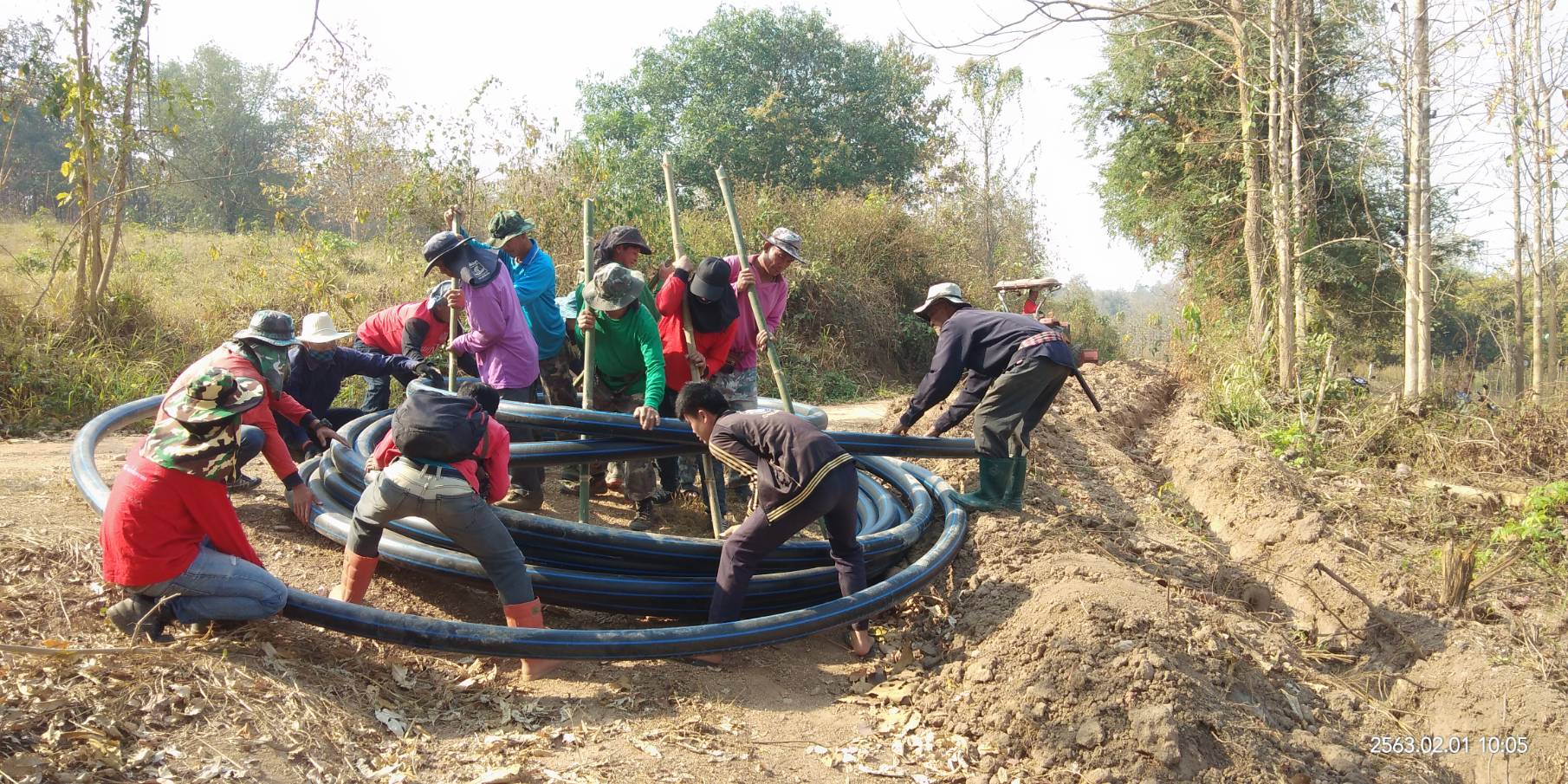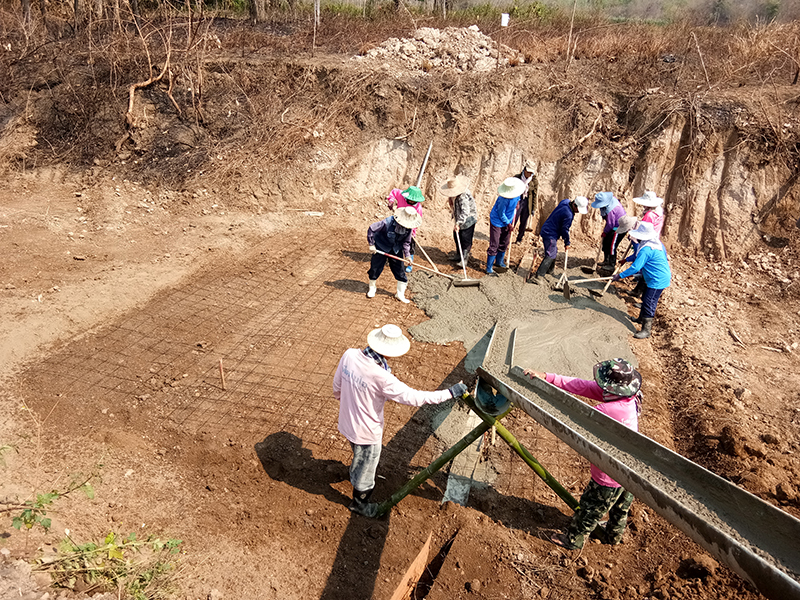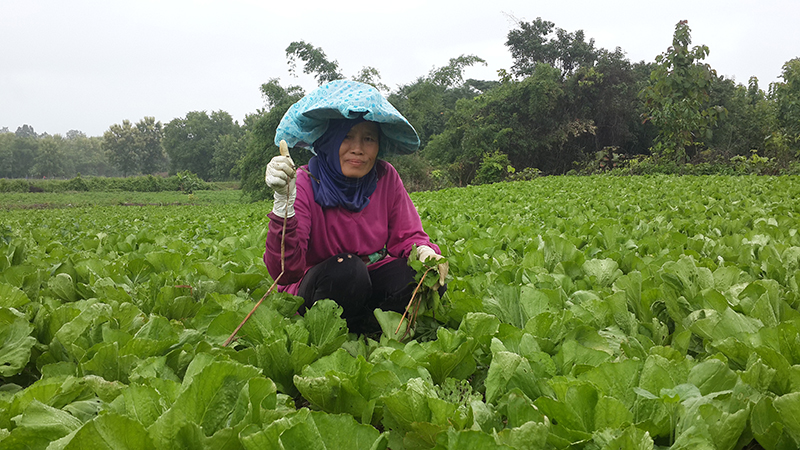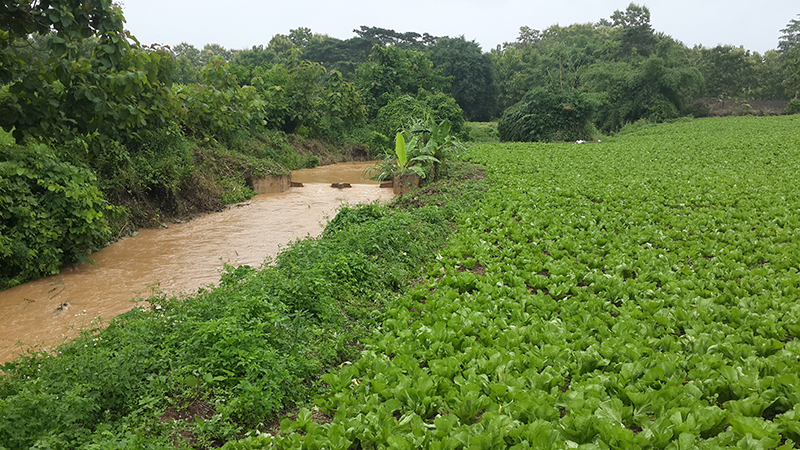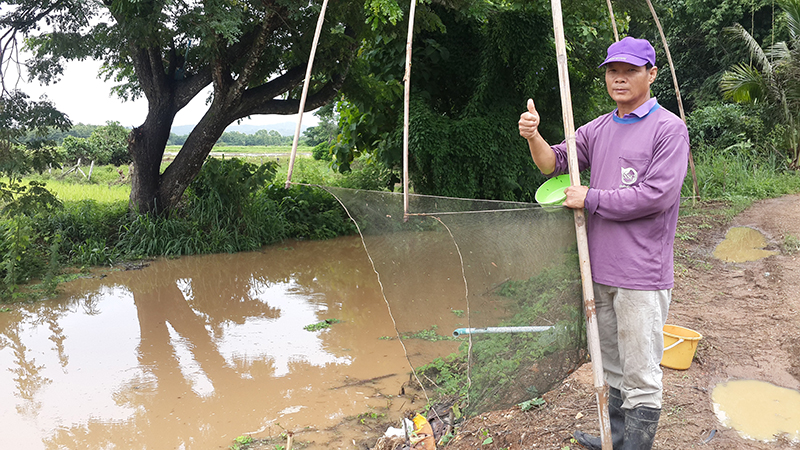Ban Sa Phae Nua Community, Lampang Province
“The Northern Agricultural Community That Won the Fight against Drought”

When Drought Leads to Hunger
In 2015, Ban Sa Phae Nua – a 100% agricultural community that grew crops year-round – faced drought which caused nearly all rice shoots in the village to wilt and die while the water in Huay Kaew Reservoir dried up, resulting in no water supply for agriculture. Though the community had a water distribution system in place, Huay Kaew Reservoir – their water source – was shallow as sediments from agricultural activities were deposited in the reservoir, resulting in the reservoir being able to store only 50% of its full capacity. Thus, there was insufficient water supply for agriculture and the villagers faced troubled times as they had no money to buy food due to a lack of income.
Discovering a Wealth of Knowledge: Working in Harmony to Survive the Drought
In 2016, the community joined “SCG Conserving Water” project which was the beginning of the partnership with SCG. Then, the “Soil, Water, and Forest Management” research was carried out to gather information in the area which led to the the discovery of the true cause of the problem. Hence, the villagers were able to address each issue by applying knowledge to their community in various ways:
- Building a check dam in the forest
which was the source of water of Huay Kaew Reservoir. The villagers also ensured that the forest is conserved and free from deforestation activities. - Surveying the water source
and following the water direction from Huay Kaew Reservoir to the community, building new water storage areas, restoring existing water storage areas, and preventing sediments from dropping into water sources so that the water storage areas can be used to store water supply for agriculture during droughts. - Cleaning sediments from Huay Kaew
Reservoir and adding in 10,000 cubic meters of water. - Once the reservoir was cleaned,
the villagers laid down a system to transfer water from the reservoir to newly-built water storage areas to distribute water across a total area of 1,200 rai. - Building eight concrete water ponds
that can store 48 cubic meters of water per pond along the path of the water from the reservoir, laying down HDPE pipes along the way and laying down the water distribution system across the eight ponds. - Constructing a total of 14 underground dams
and stop logs throughout the Huay Kaew Water Basin before the water flows out to Wang River in order to increase the water supply above ground. - Digging a total of 14 ponds in the area in front of dams
to increase the water supply in the streams and to provide a water supply in the ponds that could be pumped out for agricultural activities. - Installing meters between the concrete ponds
and the agricultural fields to ensure that the water supply is used wisely. - Preventing sediments from flowing into natural water resources
through various means such as planting trees on the edge of streams and reservoirs to warn farmers to keep a distance while plowing their land.


When Natural Abundance Brings Livelihood and Income
The cooperation of the community resulted in the construction of more than 900 dams at Ban Sa Phae Nua. This action also revived Huay Kaew Reservoir which used to be completely dry, now, with every rainfall, water is stored for further use in the community. Meanwhile, with the underground dams, stop logs, and ponds, the community increased the water supply from agricultural activities that could be reused with other agricultural activities in the surrounding areas, lowering the amount of water that is wasted, a practice in line with circular economy. Finally, once the community had sufficient water supply, they were able to increase their capacity in growing romaine lettuce – a main product of the community. As the villagers received a higher price for the romaine lettuce and stopped losing money from sales, they began to grow cowpea for export which generated 16,000 baht per rai per cycle. These efforts led to the villagers growing fruit trees such as rambutan and durian instead of monocrops and enabled them to make a living in a sustainable manner.
Video
No video yet.
Brochure
No brochure yet.

